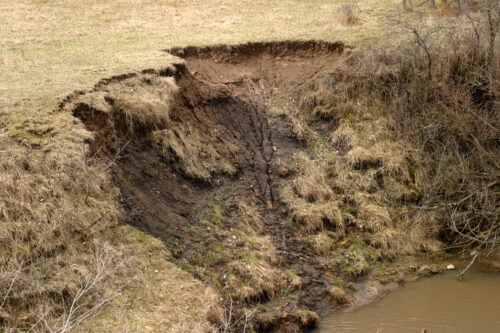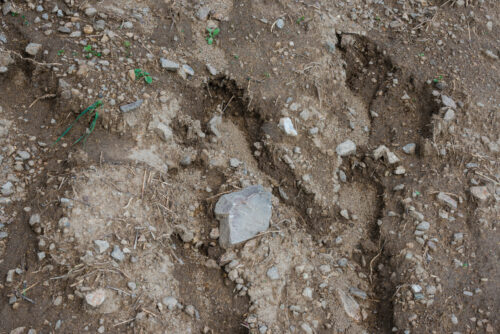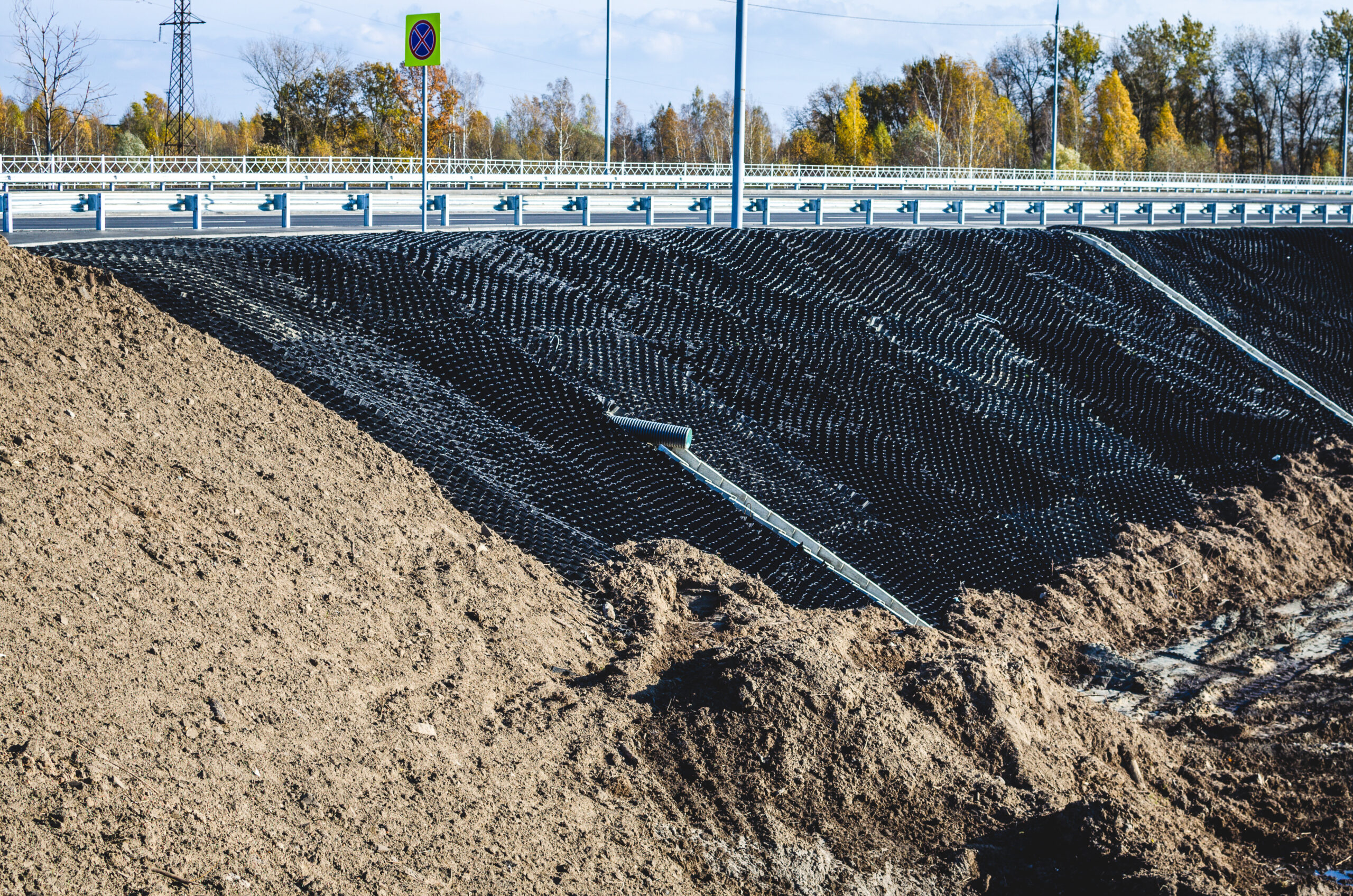Houses are unique, just like the families that reside in them. As different as homes can be, two things are true of all of them. A house needs a strong, stable foundation and the soil underneath the foundation has a direct impact on the foundation. At Structural Repair & Renovation, we have everything you need to maintain a strong foundation. Our soil stabilization solutions provide a more even surface for your foundation to sit on, helping to maintain a level foundation.
What is Soil Stabilization?
Essentially, soil stabilization involved altering soil to enhance its physical properties. There are multiple ways to stabilize soil, some of which increase the overall strength of the soil and others that better control the shrink-swell properties of soil. With soil stabilization services from Structural Repair & Renovation, you can have confidence that your foundation has superior soil surrounding it.
Our team of skilled and experienced professionals can use soil stabilization techniques on a number of sub-grade materials, and we’ll guide you through the process for a hassle-free experience.

Get An Estimate
Fill out this quick and easy form below.




